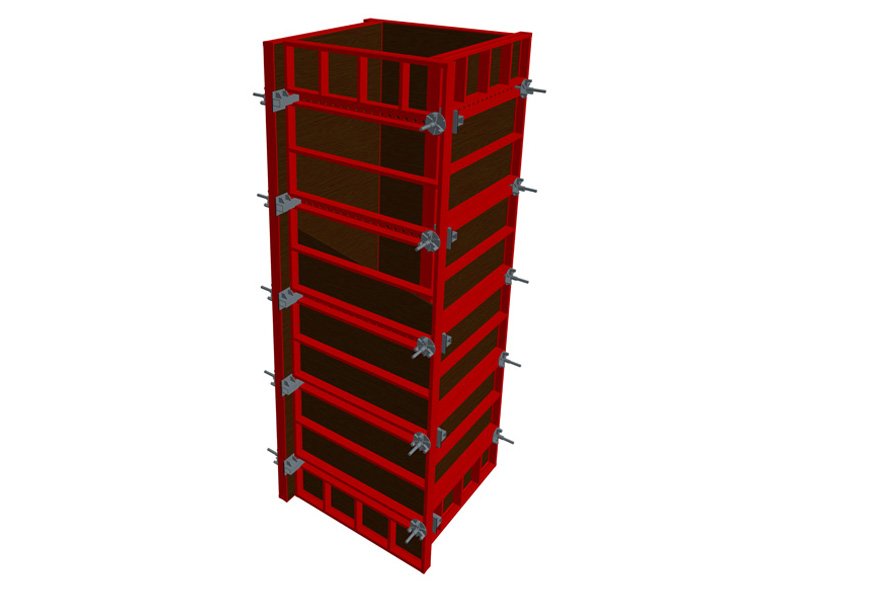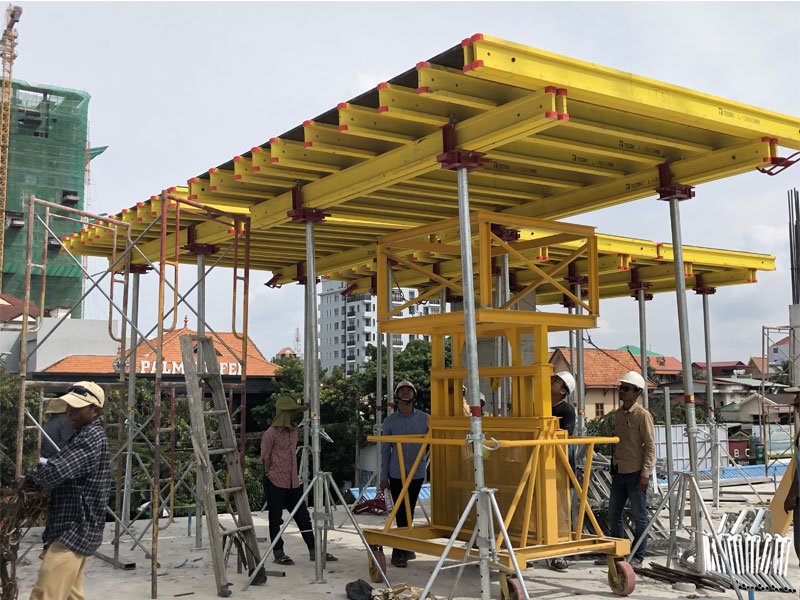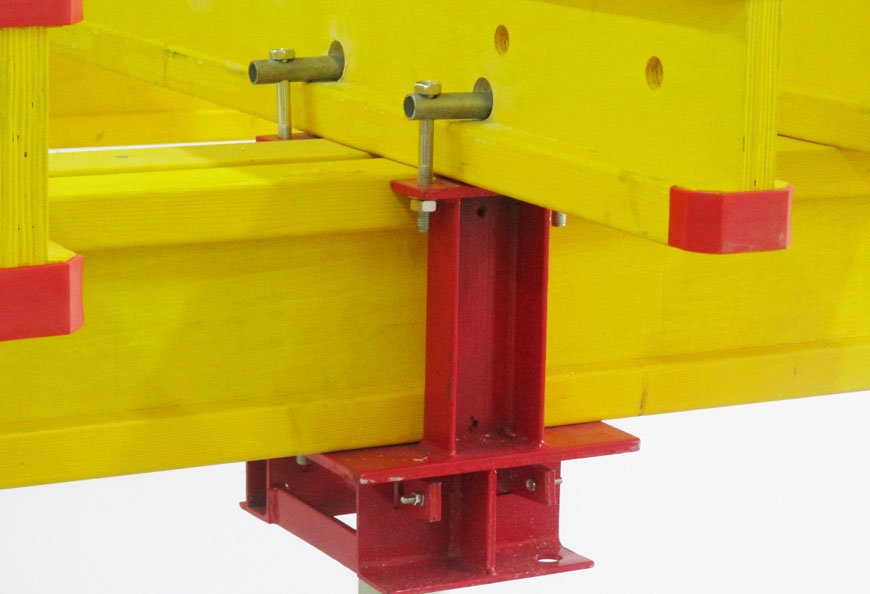
If you’ve ever observed a construction site, you might have noticed imposing wooden or metal frameworks enveloping beams and columns. These frameworks serve a pivotal role in the construction process and are referred to as formwork. In this comprehensive guide, we delve into the concept of formwork, its importance in crafting beams and columns, and the indispensable roles that beam and column formwork play in the dynamic realm of construction.
Formwork: Shaping the Backbone
In essence, formwork encompasses the transient molds or structures created to bolster and mold concrete until it gains the strength to support itself. It furnishes the essential framework for concrete to be poured and to take on the desired contours and arrangement. Formwork is an indispensable fixture in diverse construction undertakings, spanning from residential edifices to expansive bridges and towering skyscrapers.
Significance in Beams and Columns
Within the realm of beams and columns, formwork assumes an especially crucial role. Beams, the horizontal load-bearing elements, shoulder the weight of the structure above, while columns, the vertical components, provide stability and support. Both these essential components necessitate robust and dependable formwork to ensure their capacity to withstand the weight and forces they’ll encounter post-construction.
Beam Formwork: Crafting Concrete Horizons
Beam formwork is meticulously designed to buttress and sculpt concrete beams throughout the construction sequence. It comprises a fusion of vertical and horizontal supports, often crafted from timber, steel, or aluminum, contingent upon the project’s requisites. The primary function of beam formwork is to immobilize the concrete during its curing and solidification, guaranteeing that it attains the desired proportions, dimensions, and durability. This formwork must be meticulously conceived and constructed to endure the weight and pressure exerted by the wet concrete, along with any supplementary loads that might be imposed.
Column Formwork: Elevating Concrete Columns
Similarly, column formwork is crafted to support and shape concrete columns. Typically comprising vertical panels or molds that encapsulate the column, it sustains the concrete in situ until it matures. Often, column formwork is adjustable, allowing for versatility in erecting columns of various sizes and shapes. This adaptability proves vital, particularly as columns within a structure may exhibit differing dimensions dictated by their location and load-bearing requisites.
Advantages in Application
The utilization of beam and column formwork proffers several benefits in construction ventures. Primarily, it guarantees precision and meticulousness in shaping beams and columns, culminating in structures that conform to prescribed specifications. By employing formwork, construction experts can realize the intended architectural design and ensure that the beams and columns are structurally robust.
Moreover, formwork bestows support during the curing phase, facilitating concrete to solidify and acquire strength. The formwork secures the concrete in place, averting distortions and safeguarding the beams and columns’ intended configuration. This assumes heightened significance in towering structures, wherein the load-bearing potential of beams and columns underpins the overall stability of the edifice.
Additionally, formwork expedites construction progress. Through the adoption of pre-designed and pre-fabricated formwork systems, contractors can economize on time and resources. These systems are frequently reusable, curtailing material wastage and the overall construction expenditure. The adaptability and facile assembly of formwork systems further contribute to swifter construction timelines, enabling projects to conclude with enhanced efficiency.
In Closure
Formwork constitutes a pivotal cog in the machinery of constructing beams and columns. Beam formwork and column formwork extend the indispensable support and shape to concrete during the construction trajectory. They assure precision, accuracy, and structural integrity while accommodating flexibility and efficiency in construction ventures. Armed with an understanding of formwork’s centrality, construction practitioners can engineer enduring and aesthetically pleasing structures that cater to the exigencies of contemporary construction. The next time you encounter those wooden or metal frameworks enshrouding beams and columns at a construction site, you’ll be privy to their pivotal role in the construction choreography.

